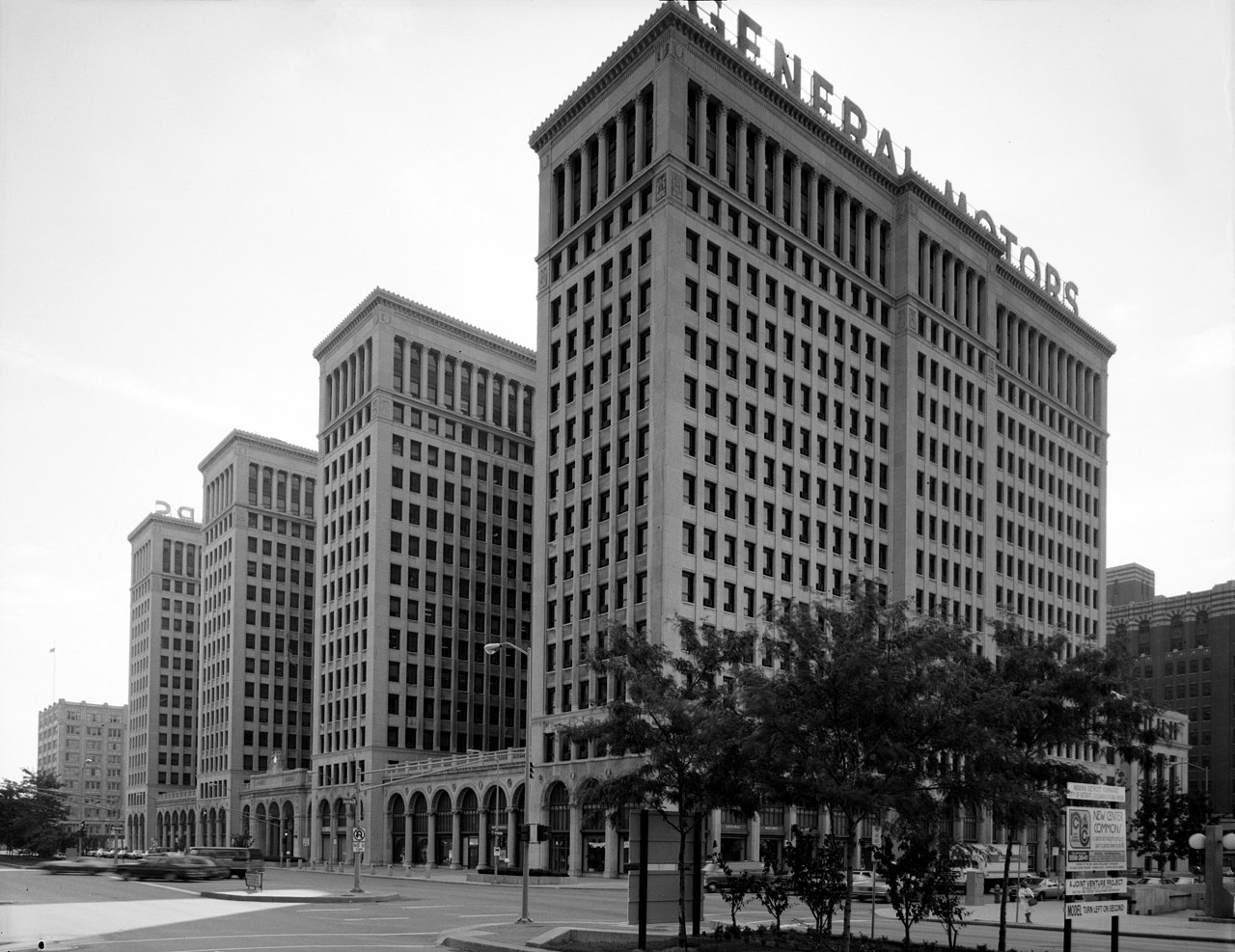VIA HFR CEO Imbleau with another interview, this time with the Ottawa Business Journal.
https://obj.ca/via-hfr-what-is-it-and-what-does-it-mean-for-you/
Not much in the way of new details, but he's continuing to indicate this project as having HSR speeds with certain comments:
He's also presenting this new service as a viable commuting option for workers. He used the example of someone commuting from Peterborough to Ottawa. Even if the train is fast enough to accomplish that, I think the cost would be prohibitive for most as a daily 'commuting' option. Especially if it will be privately-operated, as the plan seems to be.
The completion timeline also seems to get longer with each interview. He states here of the development phase taking 6-7 years, with the construction phase then taking 6-7 years. An optimistic expectation is service beginning in the late 2030s, with a start in the 2040s being more likely. Could be sooner if they open partial segments initially.






